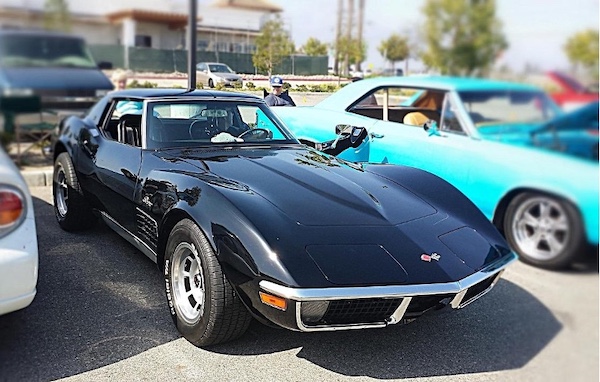Media post: Car Colour and Crash Risk

The relationship between vehicle color and accident rates has become an increasingly important topic for drivers, insurance companies, and safety researchers across America. While many factors contribute to car accidents, emerging studies suggest that the color of your car may play a more significant role in the likelihood of being involved in an auto accident than previously understood. Understanding these connections can help drivers make more informed decisions when purchasing their next vehicle.
The Red Car Phenomenon
While red cars have long been associated with speed and attention-grabbing style, studies suggest they may also carry a slightly elevated crash risk. Research indicates that red vehicles are approximately 7% more likely to be involved in accidents compared to white cars. This modest increase is often attributed to visibility challenges—such as blending into brake lights or signage, and behavioral factors, including the perception that red cars are driven more aggressively.
It’s important to note that red is not the most accident-prone color overall. In fact, black, gray, and silver vehicles tend to have even higher crash rates, particularly in low-light conditions. Still, the data suggests that color choice can influence visibility and driver perception, making it a factor worth considering when selecting a vehicle.
National Traffic Context
America’s roadways present unique challenges that amplify the importance of vehicle safety considerations. With nearly 284 million vehicles currently operating across the United States as of late 2021, our nation maintains one of the world’s highest vehicle densities. This massive volume of traffic creates countless daily interactions between drivers, making even small safety advantages increasingly valuable.
The sheer scale of American automotive traffic means that seemingly minor factors like vehicle color can have substantial cumulative effects on national accident statistics. When millions of drivers share congested highways and busy intersections, every element that influences visibility and driver perception becomes critically important for overall road safety.
Injury Statistics and Safety Implications
Recent federal data reveals that 1,664,598 individuals sustained non-fatal injuries in automobile crashes during 2022 alone. These staggering numbers underscore the real-world consequences of traffic accidents and highlight why researchers continue investigating all potential contributing factors, including vehicle color.
When drivers become involved in an car crash, the severity and likelihood of injury can depend on numerous variables, from speed and impact angle to vehicle safety features. However, the initial visibility and recognition of vehicles may influence whether accidents occur in the first place, making color selection a potentially important preventive consideration.
Additional Color Considerations
Beyond red vehicles, research indicates that other colors also present varying risk levels. White and silver cars generally demonstrate lower accident rates, likely due to superior visibility in most lighting conditions. Black vehicles, conversely, show elevated risk levels, particularly during dawn, dusk, and nighttime driving periods when their darker appearance reduces visibility.
While vehicle color represents just one factor among many that influence automotive safety, the evidence suggests it deserves serious consideration when selecting a new car. The modestly elevated accident rates associated with red and black vehicles, combined with America’s high-traffic environment and substantial injury statistics, demonstrate that color choice can have meaningful safety implications. Drivers should weigh these findings alongside other safety features, driving habits, and personal preferences when making their next automotive purchase decision.



